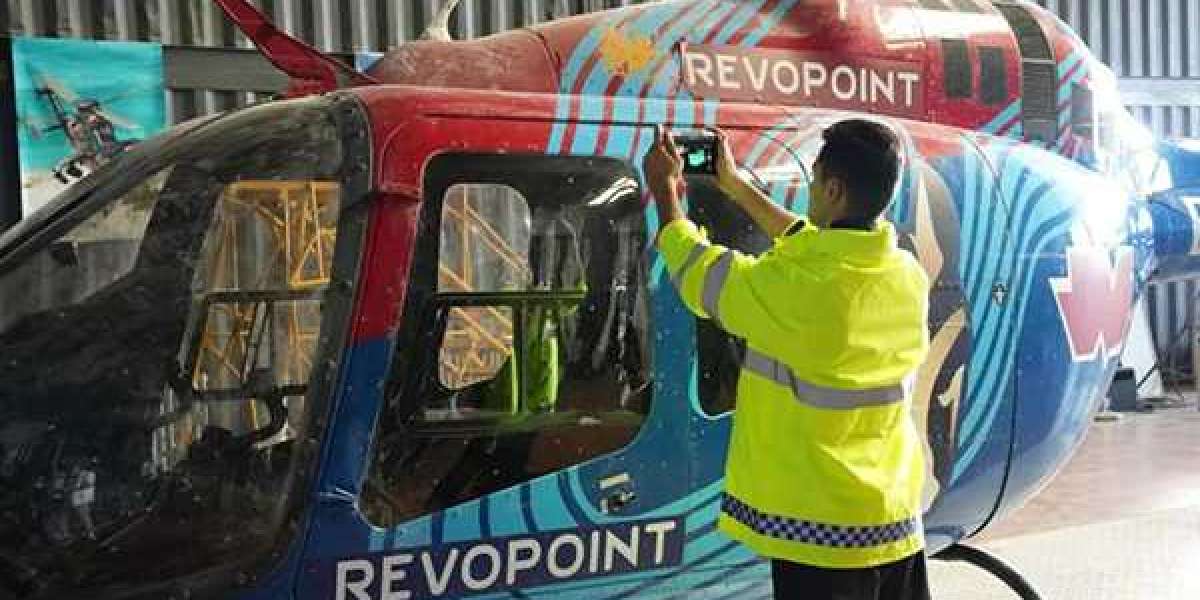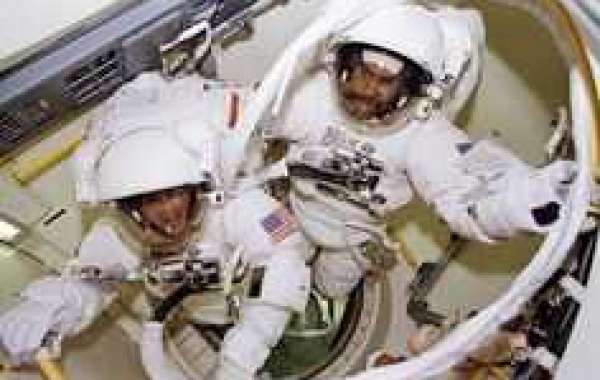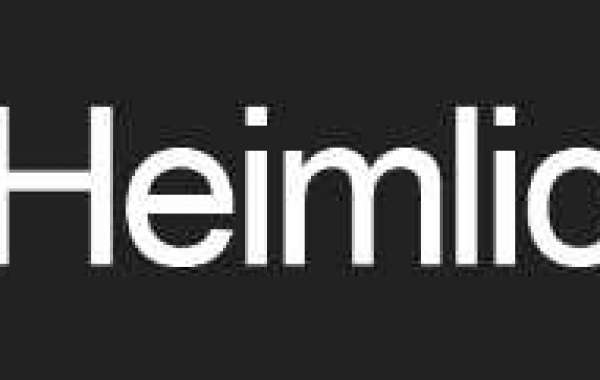- Advantages of 3D scanning:
a. Fast: 3D scanning can quickly capture the shape and details of objects, eliminating the tedious manual measurement and drawing process in traditional modeling.
b. Accuracy: 3D scanning uses high-precision technology such as laser or grating to capture the shape and size of objects with extremely high accuracy.
c. Preserve the realistic appearance: Through 3D scanning, the real appearance of the object can be completely preserved, including color, texture, etc., making the model more realistic.
d. Efficiency: 3D scanning can quickly generate a large amount of data, providing more information for subsequent modeling and analysis.
 2.Limitations of 3D scanning:
2.Limitations of 3D scanning:
a. Requires specialized equipment: 3D scanning requires the use of specialized equipment, such as laser scanners or camera arrays, which increases costs and technical requirements.
b. Complexity: For large or complex objects, 3D scanning may not fully capture their details or shapes, requiring post-processing and manual repair.
c. Lack of flexibility: 3D scanning usually requires objects to be stationary, which may be limiting for certain industries, such as the modeling of dynamic scenes.
d. Difficulty in data processing: The data obtained by scanning is usually large and needs to be processed and optimized for use in subsequent modeling software.
3. Advantages of modeling:
a. Flexibility: Traditional modeling methods can freely adjust the shape and details of the model according to needs, and are suitable for various complex scenarios.
b. Controllability: Modeling can accurately control every detail of the model, including size, shape, texture, etc., to meet specific needs.
c. Easy to modify: Traditional modeling software provides a wealth of editing tools, making it relatively easy to modify and adjust the model.
d. Data portability: Modeling software can usually export a variety of standard file formats to facilitate use in different platforms and software.
4. Limitations of modeling:
a. Time consumption: Traditional modeling usually requires a lot of time for manual measurement, drawing and adjustment, especially when dealing with complex shapes and details.
b. Subjectivity: The modeling process is affected by the technical level and subjective judgment of the modeler, and certain errors are prone to occur.
c. Unable to preserve the true appearance: Traditional modeling can often only generate simplified geometric shapes and cannot completely preserve the true appearance of the object.
d. Requires professional skills: Traditional modeling requires mastering professional modeling software and skills, and the learning and application threshold is high for non-professionals.
in conclusion:
When choosing which technology to use, the decision needs to be made on a case-by-case basis. 3D scanning is a good choice for scenes where the shape and appearance of objects need to be captured quickly and accurately. For scenarios that require flexibility and precise control, traditional modeling has more advantages. In practical applications, these two technologies can also be used in combination, using 3D scanning to obtain the basic shape and details of the object, and then making further modifications and adjustments in the modeling software. Only by fully understanding and mastering the advantages and limitations of various technologies can we better apply them and improve work efficiency and result quality.








